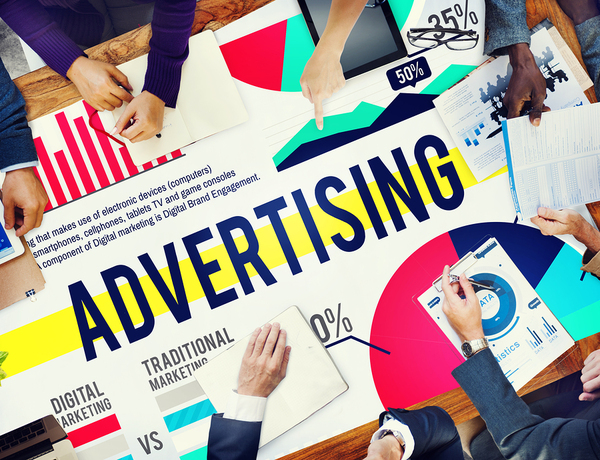Is Programmatic Taking Over the Digital Space?

Programmatic buying has been around for more than ten years. But it has become a big buzzword in the digital space within the last five years. This term encompasses a range of technologies that have automated the process of acquiring and using advertisements. Therefore, programmatic buying can be defined in several different ways.
It is also known as audience buying, ad buying with machines, and automated ad buying. Audience buying allows brands to track and target desired audiences through multiple platforms while achieving campaign goals and ad buying. Minimizing the role of humans in the ad buying process is cost-effective and efficient. Through programmatic technologies, advertisers are able to retrieve ads in ways that mirror shopping with Amazon or bidding on eBay.
As a result, they are able to save money and devote more of their effort to conversion rate optimization through human creativity. This ultimately comes down to the content of ads. Advertisers can let their creative juices flow more easily to develop ad content that captures the interest and dollars of consumers.
The essence of programmatic buying has changed over the past five years. This term used to be thought of as remnant inventory. In the world of advertising, remnant is defined as the ad impressions not sold directly to advertisers that must be monetized in other ways. Remnant inventory was usually linked to sites that monetized their traffic by selling display advertising stock directly to advertisers, but had leftover ad units.
Now, programmatic buying means available inventory. This consists of the number of advertisements, or the amount of ad space, a publisher has available to sell to an advertiser. And this doesn’t just apply to banner ads; this applies to video, native, and premium ad units.
As useful as programmatic buying is, it is not going to replace direct buying. It was put in place to help agencies develop a better ecommerce marketing strategy that generates conversion optimization in a stronger capacity. Working directly with publishers is still encouraged.
For example, private marketplaces, or PMPs, are invite-only marketplaces where top-notch publishers offer their ad inventory to a selected group of advertisers. This can be considered a more creative way of programmatic buying by executing interactions through a direct-side platform, or DSP. Buyers of display advertising inventory can manage multiple exchange accounts through one interface.
With all that said, it may seem like programmatic buying is the future of online advertising. But understand that the strategic planning of agencies is still needed to keep up with changing consumer trends. The practices of programmatic buying are constantly changing, too.

Programmatic buying allows agencies to practice more efficient and strategic marketing and advertising.
Programmatic buying, RTB, and DSPs are all related to each other, but each one has a different meaning. You should understand by now that the first of the three means automated buying of ads. RTB is real-time ad purchasing through auctions, but inventory is bought and sold on a per-impression basis.
DSPs allow buyers of display advertising inventory to manage their exchange experiences through one interface of multiple accounts. The latter two can be considered extensions of programmatic buying since it encompasses different practices. Understand the differences now?
Programmatic buying is definitely changing the game of online advertising in interesting ways. As a marketer, it could be of your best interest to utilize these automated methods as useful conversion optimization techniques. For more information on programmatic, See Inside Programmatic: Agency vs In-House Management.
